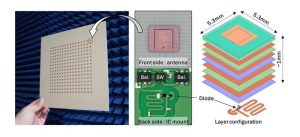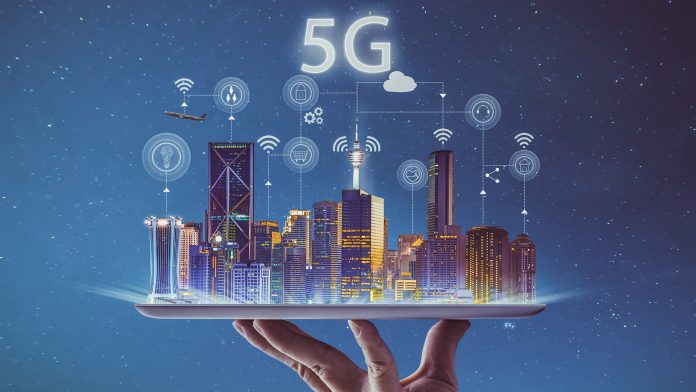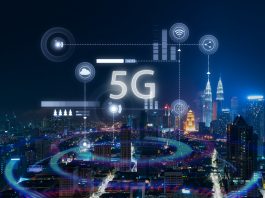Researchers have designed a novel wirelessly powered relay transceiver that improves 5G network coverage through efficient wireless power transmission and high-power conversion efficiency.
The innovative design can enhance the 5G network coverage even to places with link blockage, improving flexibility and coverage area and potentially making high-speed, low-latency communication more accessible.
The study is published in the Proceedings of the 2024 IEEE MTT-S International Microwave Symposium.
Challenges with implementing widespread 5G network coverage
Millimetre wave 5G communication, which uses extremely high-frequency radio signals (24 to 100 GHz), is a promising technology for next-generation wireless communication, exhibiting high speed, low latency, and large network capacity.
However, widespread 5G network coverage faces two key challenges. The first one is the low signal-to-noise ratio (SNR), as a high SNR is crucial for good communication.
Another challenge is link blockage, which refers to the disruption in signal between transmitter and receiver due to obstacles such as buildings.
Beamforming has been used as a technique for long-distance communication using millimetre waves which improves SNR.
However, it is limited to line-of-sight communication, where transmitters and receivers must be in a straight line, and the received signal can become degraded due to obstacles.
To address these issues, a team of researchers from the Laboratory for Future Interdisciplinary Research of Science and Technology at Tokyo Tech designed a novel wirelessly powered relay transceiver for 28 GHz millimetre wave 5G communication.

How the wireless transceiver maintains high SNR
Associate Professor Atsushi Shirane, who led the study, explained: “The wirelessly powered type does not require a dedicated power supply but needs many rectifier arrays to maintain SNR due to low conversion gain and uses CMOS diodes with lower than 10% power conversion efficiency.
The proposed transceiver consists of 256 rectifier arrays with 24 GHz wireless power transfer (WPT).
Notably, the transceiver is capable of simultaneous data and power transmission, converting the 24 GHz WPT signal to direct current (DC) and facilitating 28 GHz bidirectional transmission and reception simultaneously.
The 24 GHz signal is received at each rectifier individually, while the 28 GHz signal is transmitted and received using beamforming.
Both signals can be received from the same or different directions and the 28 GHz signal can be transmitted either with retro-reflecting with the 24 GHz pilot signal or in any direction.
Testing revealed that the proposed transceiver could achieve a power conversion efficiency of 54% and a conversion gain of –19 decibels, higher than conventional transceivers while maintaining SNR over long distances.
Shirane said: “The proposed transceiver can contribute to the deployment of the millimetre wave 5G network even to places where the link is blocked, improving installation flexibility and coverage area.”









